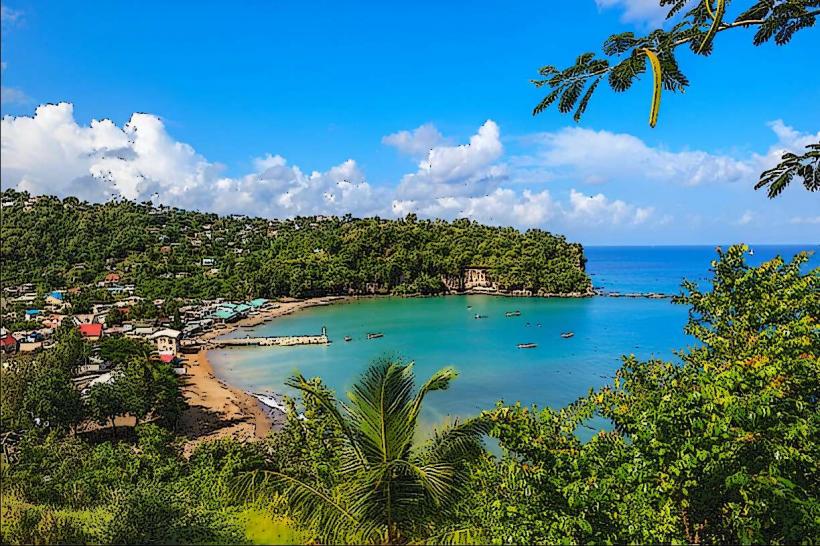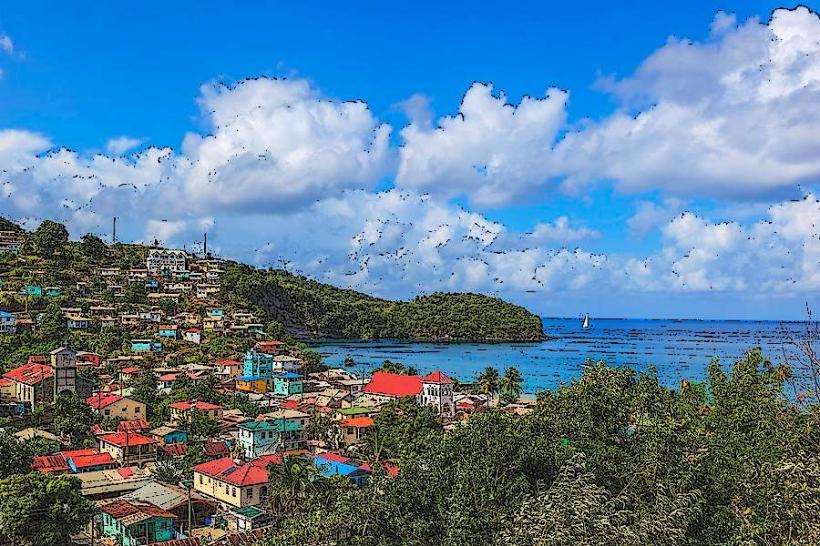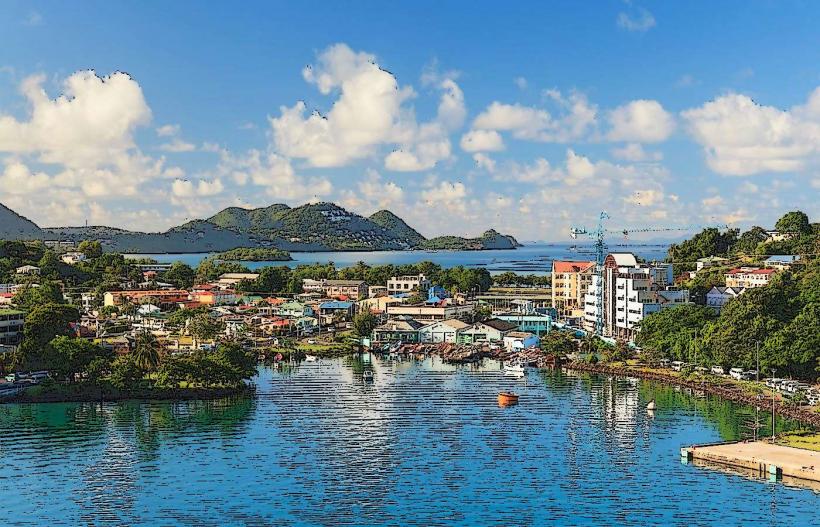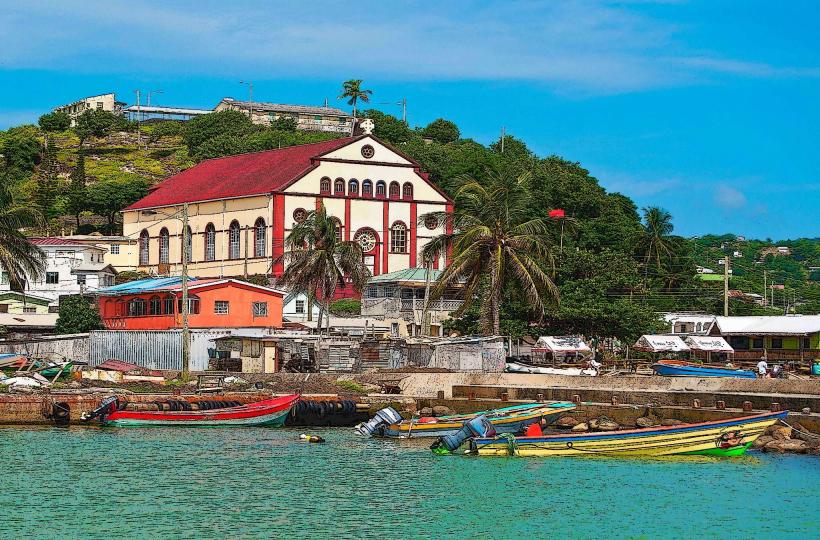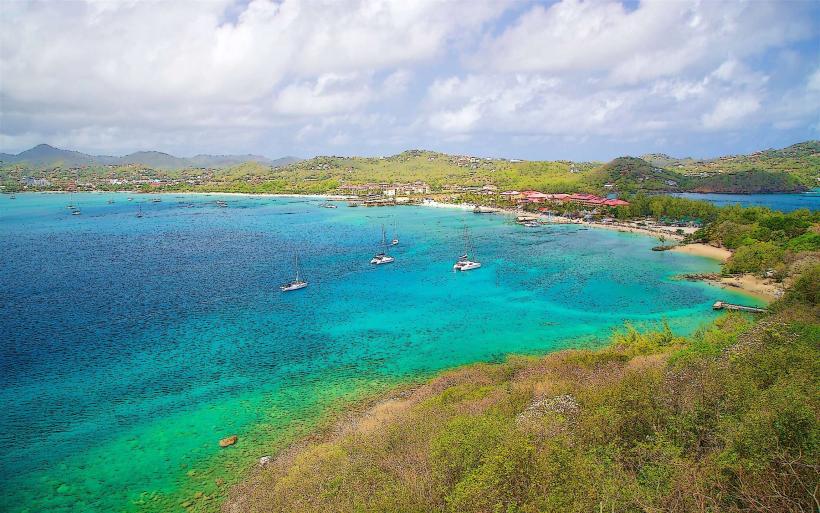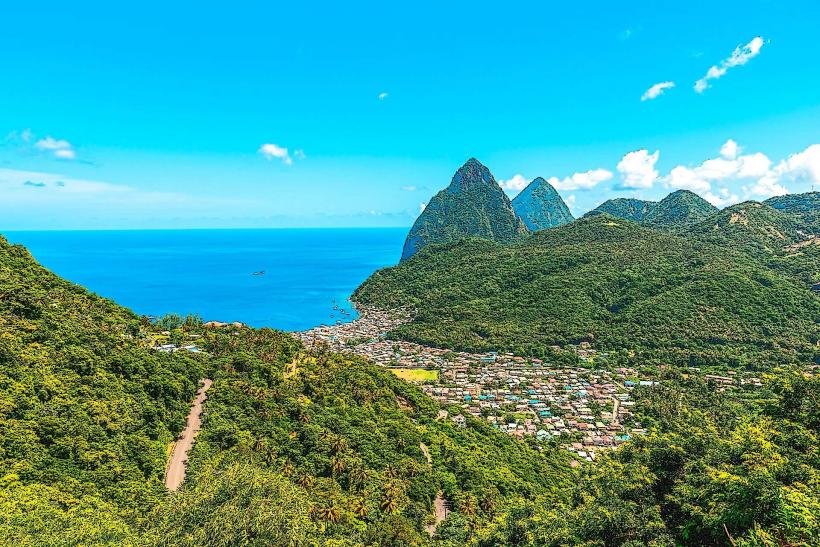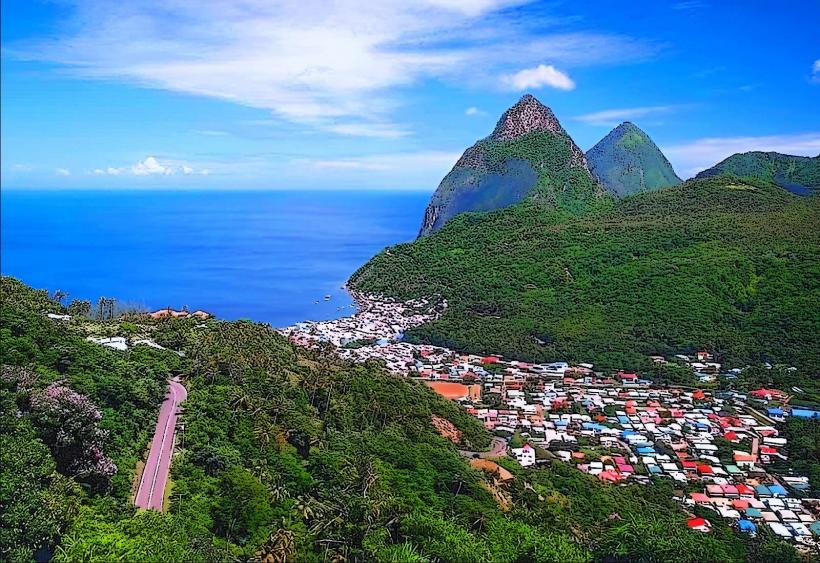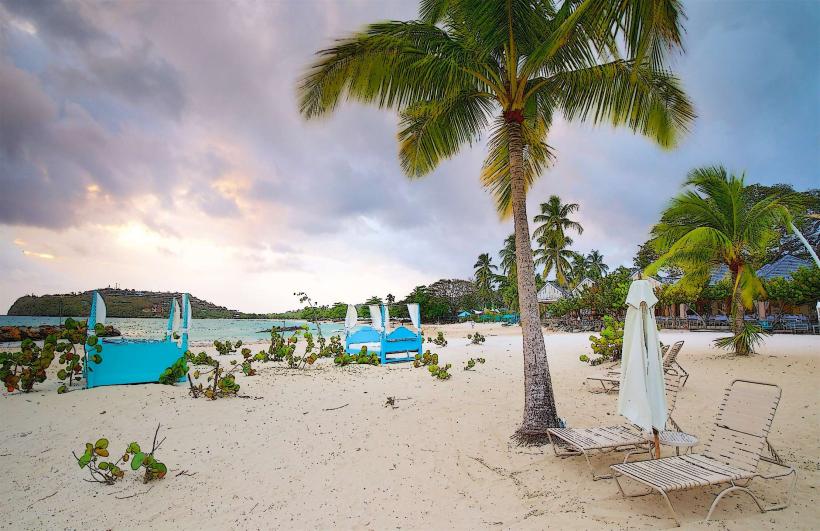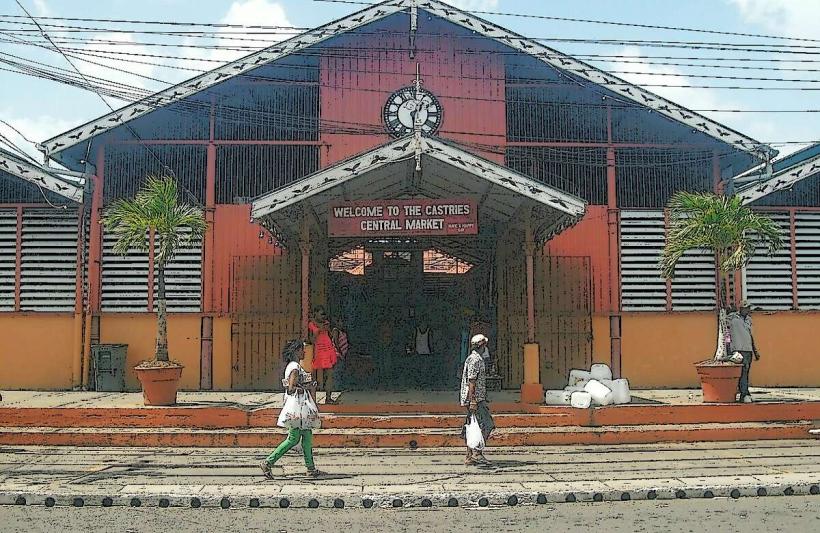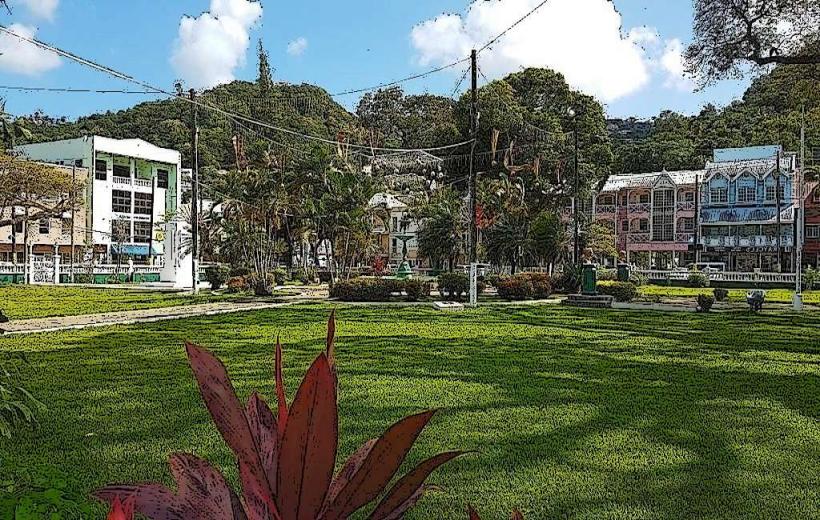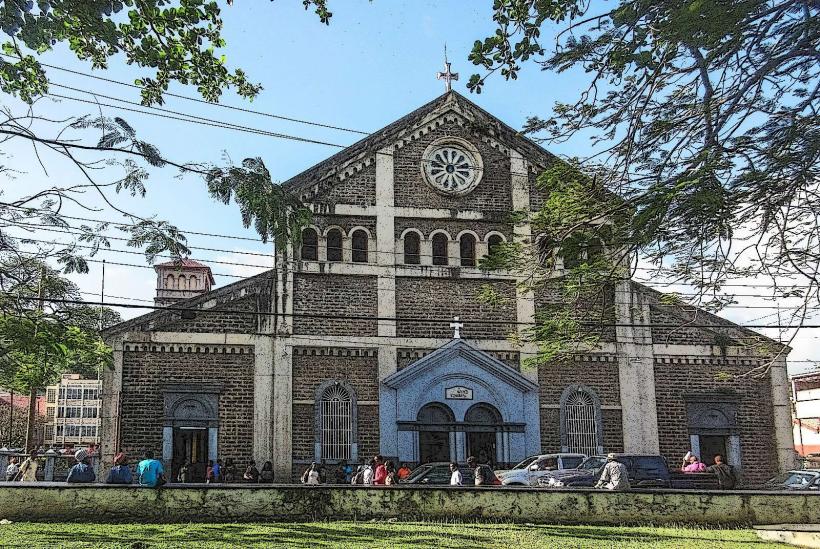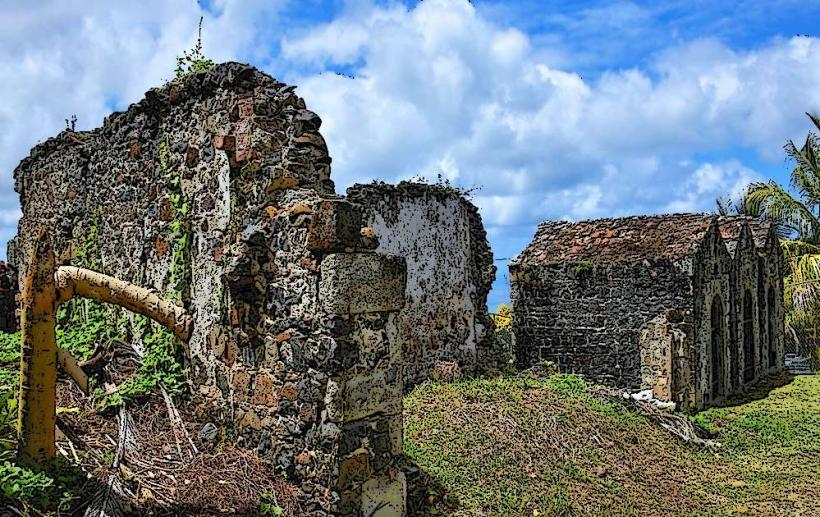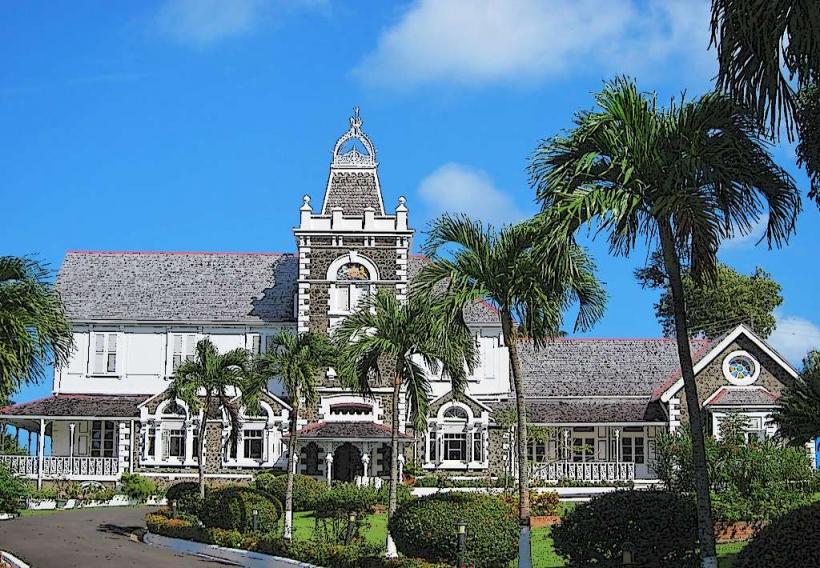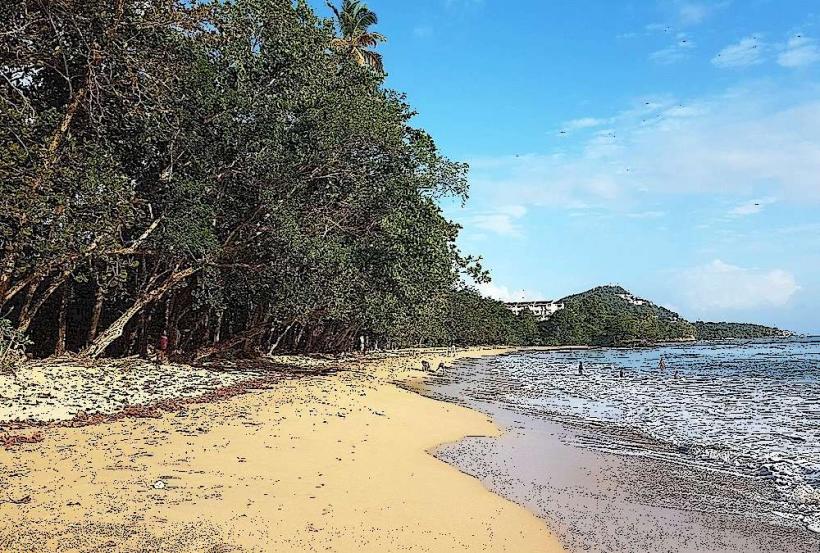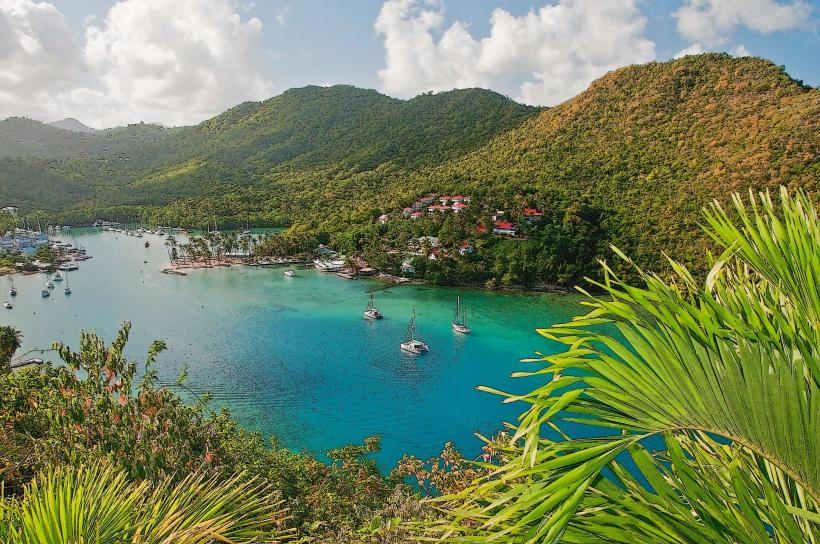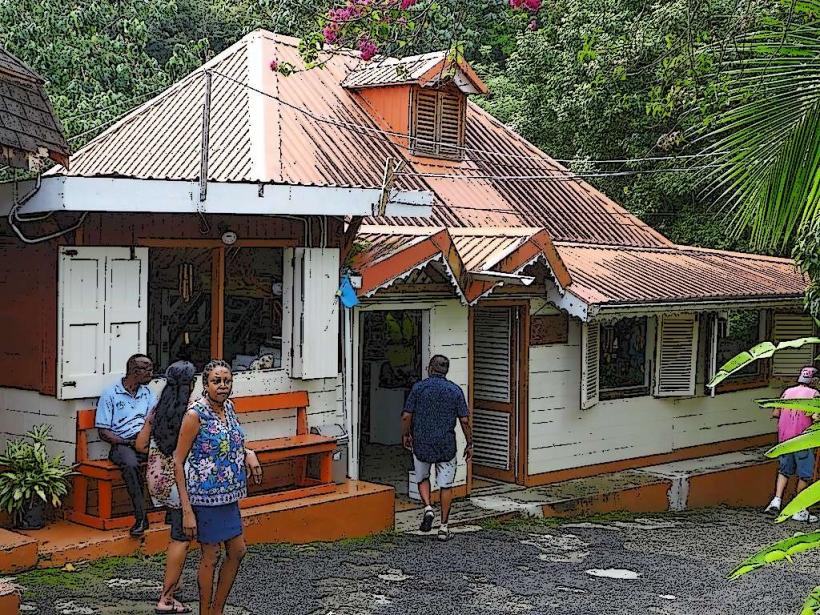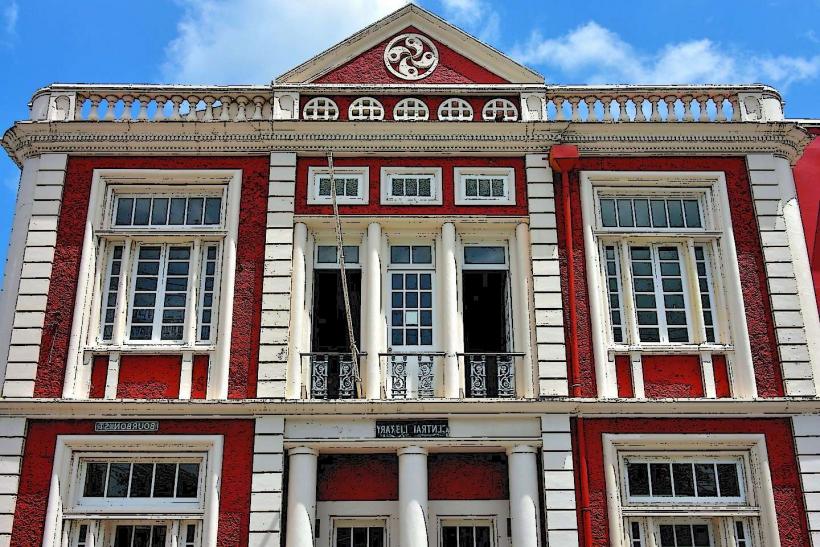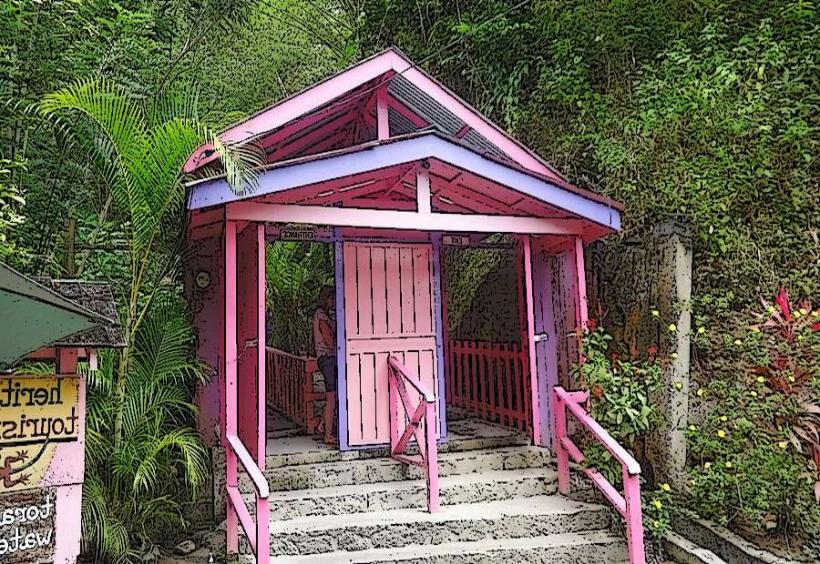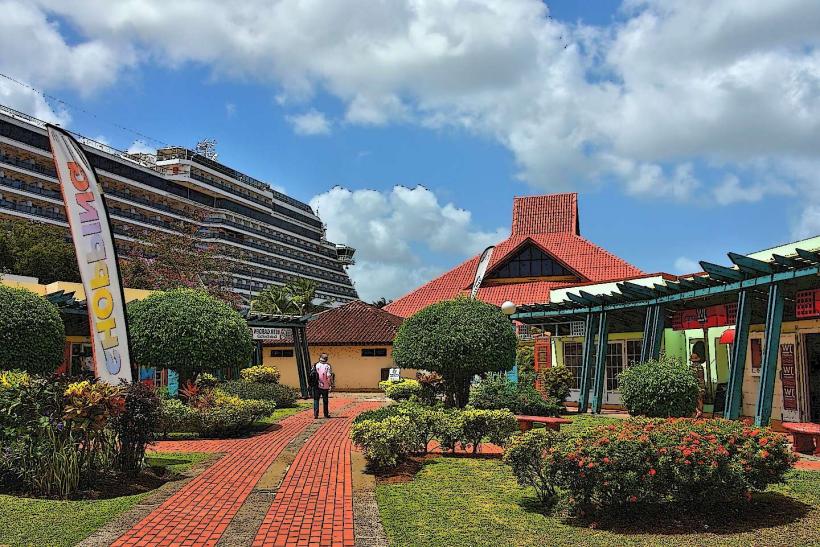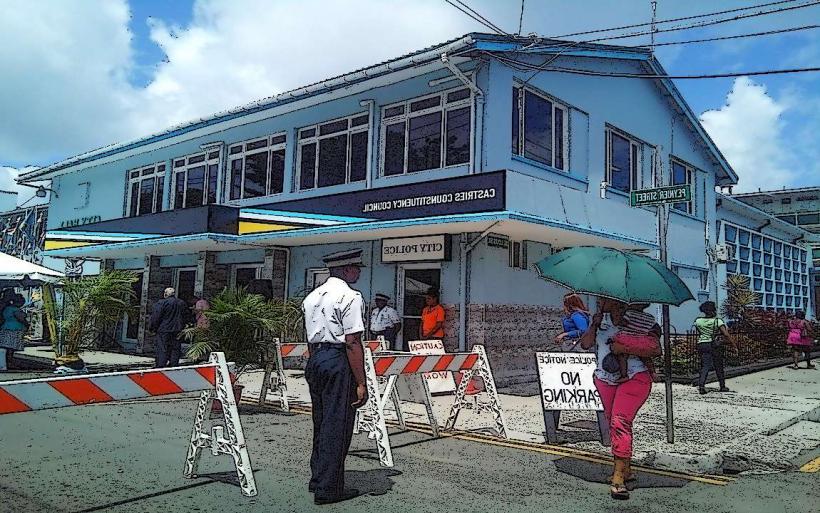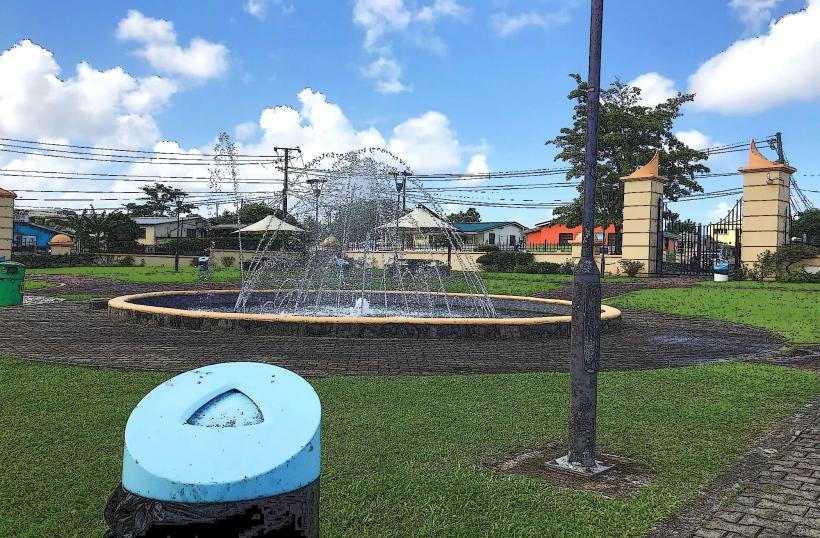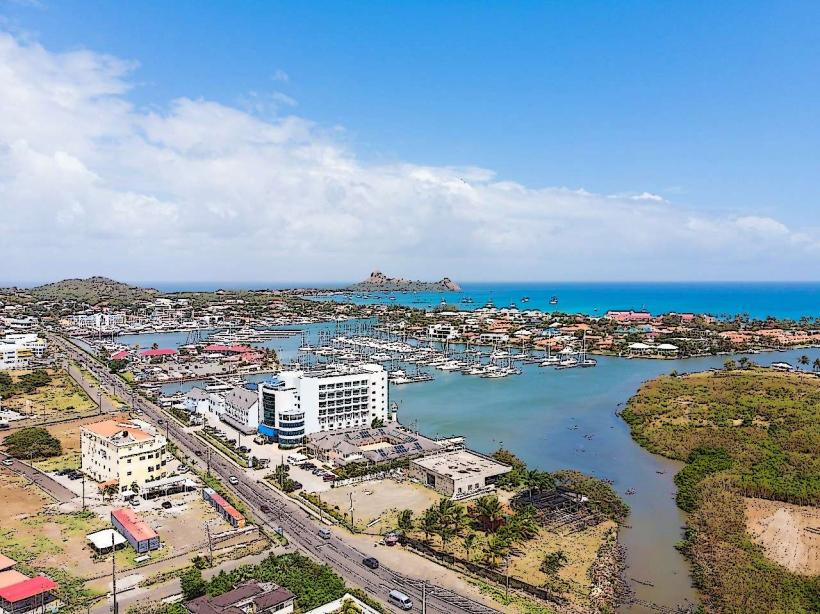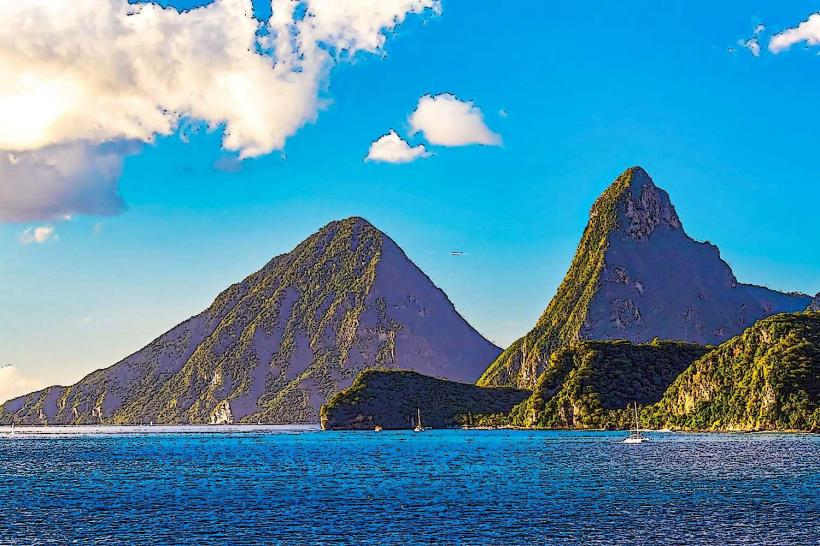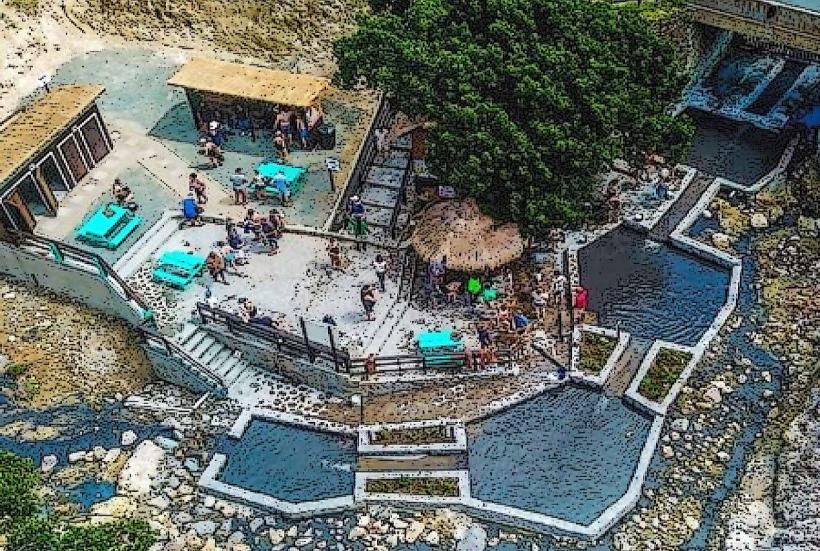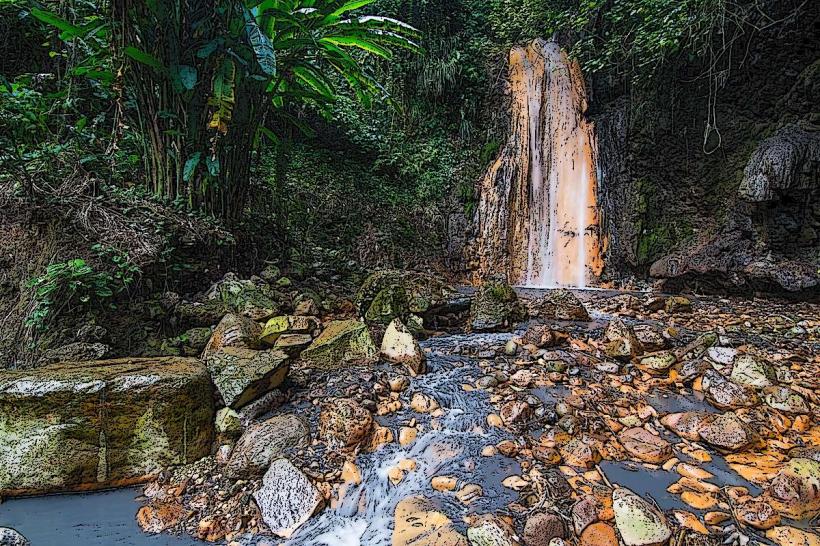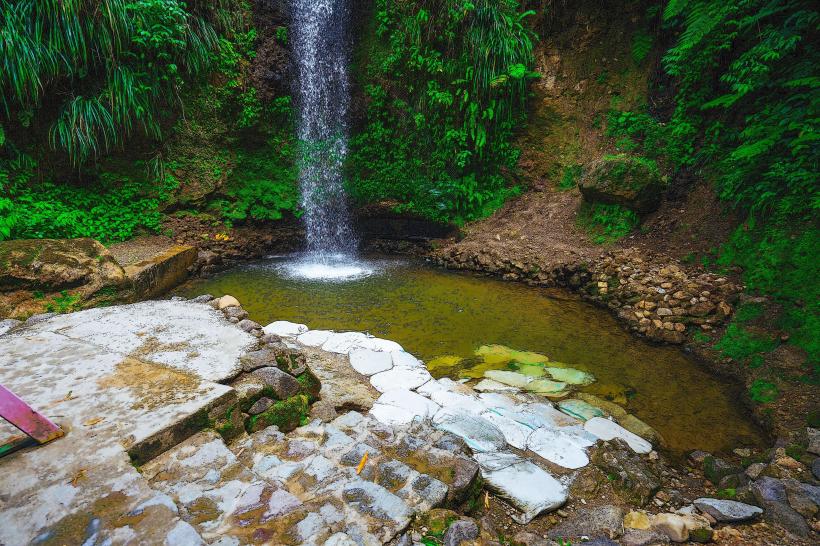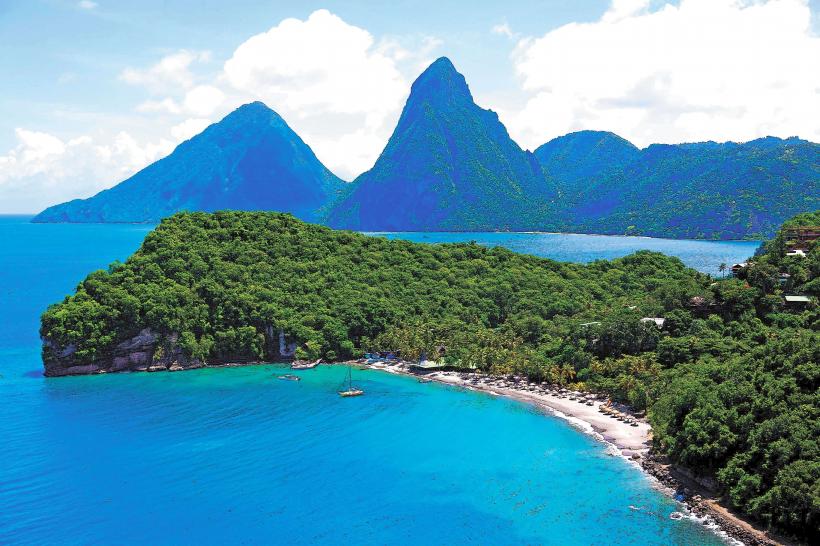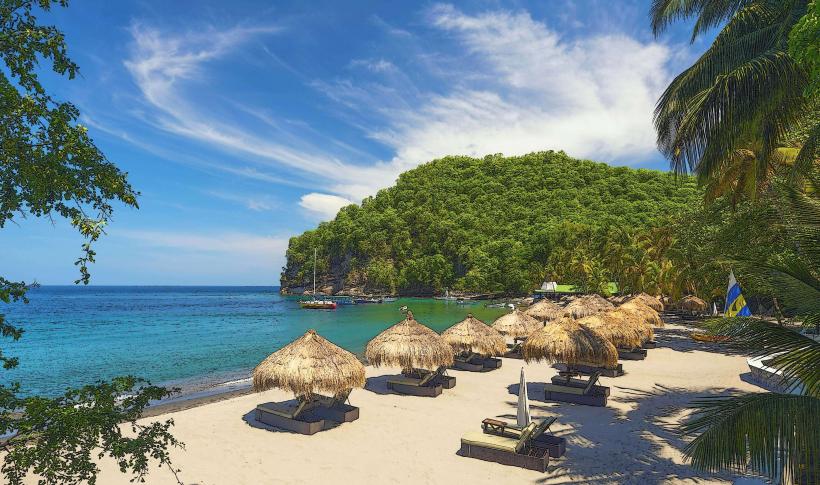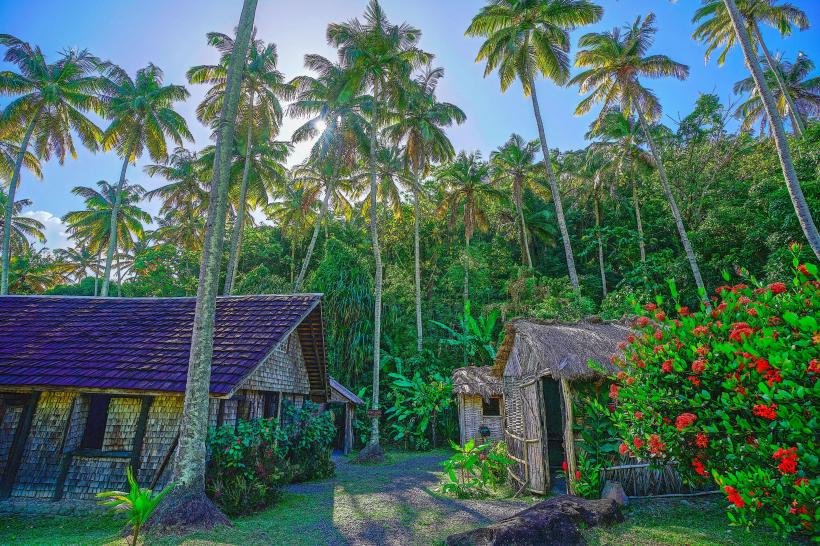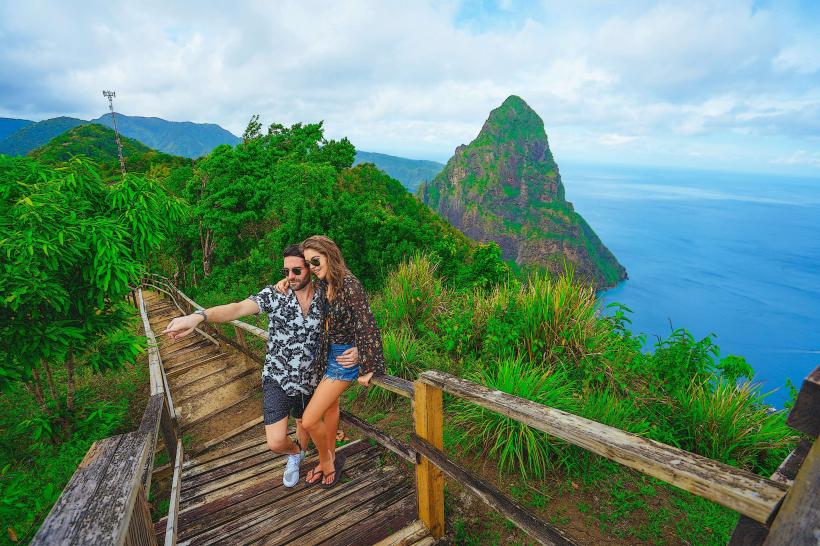Information
Country: Saint LuciaContinent: North America
Saint Lucia, North America
Overview
In Saint Lucia, rugged volcanic peaks rise sharply above the coast, yet the days drift by with the unhurried pace of warm trade winds, moreover it’s part of the Lesser Antilles, tucked between Martinique to the north and Saint Vincent to the south, where warm trade winds carry the scent of salt and hibiscus.Saint Lucia may measure only 43 kilometers by 22, yet it seems to stretch endlessly-rainforests climbing steep mountains, sulfur springs sending up warm, sharp-scented steam, palm-lined beaches, and quiet fishing villages moving to the leisurely pulse of the tide, then geography and Natural Beauty Towering cliffs, white sand that squeaks underfoot, and turquoise water make this island one of the Caribbean’s most breathtaking sights.At its heart stand the Pitons-Gros Piton and Petit Piton-twin volcanic spires that thrust sharply from the blue-green sea beside Soufrière, on top of that uNESCO lists them as World Heritage Sites, and they’re the unmistakable symbol of Saint Lucia-glowing against the blue on the national flag and splashed across countless sunlit postcards.Somehow, Locals call the Soufrière Volcano the world’s only drive‑in volcano, where warm steam drifts up and the sharp scent of sulfur rises from bubbling springs, a vivid trace of the island’s fiery past, moreover in the heart of Saint Lucia, green highlands rise into the mist, their slopes wrapped in dense rainforest where trails wind past waterfalls such as Toraille, Diamond Falls, and the rushing cascade at Enbas Saut.Thick with the sharp-sweet scent of wild ginger and the steady chirring of tree frogs, the air stirs as flashes of color-Saint Lucia parrots, the island’s proud national bird-dart through the green canopy, also golden sands stretch quietly along the western coast, from Reduit’s gentle surf to the clear waters at Anse Chastanet and Sugar Beach, perfect for slipping into a swim or exploring beneath the waves.Along the eastern Atlantic coast, where the wind whips salt spray across the shore, kitesurfers and nature lovers flock to spots like Dennery and Micoud, fishing villages that inspect straight out onto the restless sea, then saint Lucia’s past twists and turns like its steep, green hills.First home to the Arawaks, then the Caribs, the island switched between French and British rule at least fourteen times from the 1600s to the 1800s-a tug-of-war that left cannon smoke hanging in the salty air, likewise rival powers once pulled hard in opposite directions, leaving behind a cultural imprint you can still behold today-in street names, stone archways, and the lilting Kwéyòl tongue, where French and African notes weave together like music on the breeze.The island won full independence in 1979, yet its blended heritage still stirs pride, like the sound of two languages mingling in the market, as well as soufrière still wears its French colonial charm-pastel houses with flaking paint, iron balconies catching the afternoon sun-while Castries, the capital, shows British order in neat grid streets and clipped formal gardens.In Saint Lucia, the real treasure isn’t gold or glittering seas-it’s the warmth and spirit of its people, what’s more saint Lucians, with their easy laughter and knack for storytelling, carry a rich blend of African, European, and East Indian roots.Mind you, Music fuels the island’s pulse-calypso, soca, zouk, reggae, and, above all, Dennery Segment, a local creation of rapid-fire beats and Creole lyrics born in the salty air of the fishing town of Dennery, also festivals slip easily into everyday life, like the scent of fresh bread drifting through a busy street.In July, the Saint Lucia Carnival bursts through the streets with radiant feathers, pounding drums, and sudden bursts of laughter, while the Jazz & Arts Festival draws world-class performers to play under the island’s warm night sky, moreover in smaller towns, festivals such as La Rose and La Marguerite honor classical Creole societies through lively songs, vivid storytelling, and blooms arranged in glowing, intricate patterns.Saint Lucian cooking weaves together the island’s many cultural influences, drawing on fresh, local ingredients like just-picked herbs and luminous tropical fruit, while common staples are green fig-unripe bananas with a starchy bite-saltfish, sweet plantains, hearty breadfruit, and steaming bowls of callaloo soup.“ Green fig and saltfish,” the national dish, combines boiled bananas with salted cod and vegetables.You know, “Green fig and saltfish,” the national dish, pairs boiled bananas with salted cod and a mix of fresh vegetables, their steam carrying a savory, briny scent, in addition beachside grills dish up lobster, conch, and snapper pulled straight from the surf, served with tangy Creole sauces and a nippy glass of local rum punch.Street vendors dish out spicy bakes, crisp plantain chips, and warm cassava bread-every bite a minute, fragrant tale of survival and ingenuity, at the same time castries, the island’s busy capital, hums with life around its harbor, the grand Cathedral of the Immaculate Conception, and the colorful stalls of the Central Market, almost Frankly, Soufrière, the island’s oldest town, sits beneath the towering Pitons, with volcanic springs hissing in the air, lush botanical gardens nearby, and luxury resorts nestled into the green hills, along with gros Islet sits in the island’s north, buzzing with its Friday Night Street Party, sailboats bobbing in the marina, and quick access to Reduit Beach and Pigeon Island National Park.Vieux Fort sits at the island’s southern edge, just minutes from the international airport, with broad sandy beaches and a clear view stretching toward Saint Vincent, subsequently dennery, a tiny fishing village on the east coast, is famous for its lively Fish Fiesta and the unspoiled charm of its wind-swept shoreline.In Saint Lucia, the economy leans on tourism, agriculture, and a bit of minute-scale manufacturing-think handmade crafts sold in luminous market stalls, in turn bananas used to be the island’s “green gold,” their sparkling clusters hanging heavy in the humid air, but now tourism takes the crown.Even with more resorts popping up, Saint Lucia still feels true to itself-visitors might wander into a lively market or stroll through untouched rainforest, besides more and more people are choosing eco‑tourism and wellness getaways, lured by the island’s cool mountain air, rushing waterfalls, and warm mineral springs.It appears, In Saint Lucia, beauty isn’t just in the lush green hills or the glittering sea; it’s in the harmony-wild but graceful, modern yet rooted in the island’s soul, then in the morning, mist curls around the Pitons, then slips away, revealing shining sunshine and a sea that sparkles like glass.From what I can see, As the sun dips low, fishermen drag their boats onto the sand, and the smoky aroma of grilled fish drifts through the evening air, likewise the island moves in step with its people-alive, proud, and bound to the red earth beneath their feet.Closing, Saint Lucia sweeps you up in its vibrant pulse, then quiets you with a calm that feels like warm sand under bare feet-an island that awakens the senses and rests the soul.
Author: Tourist Landmarks
Date: 2025-10-07

